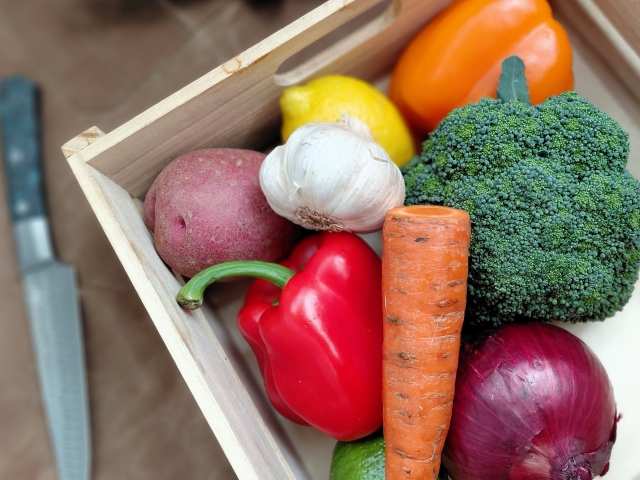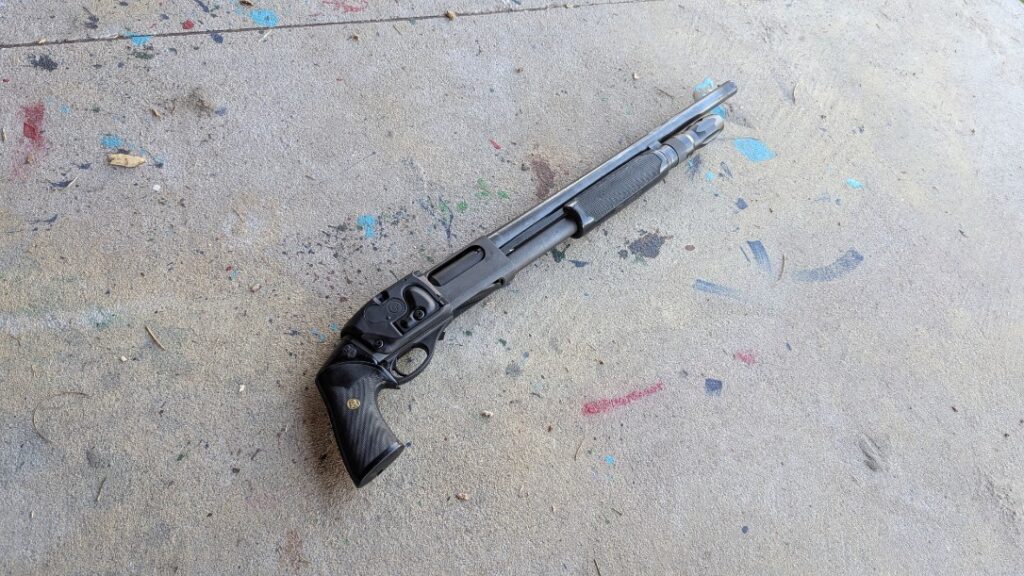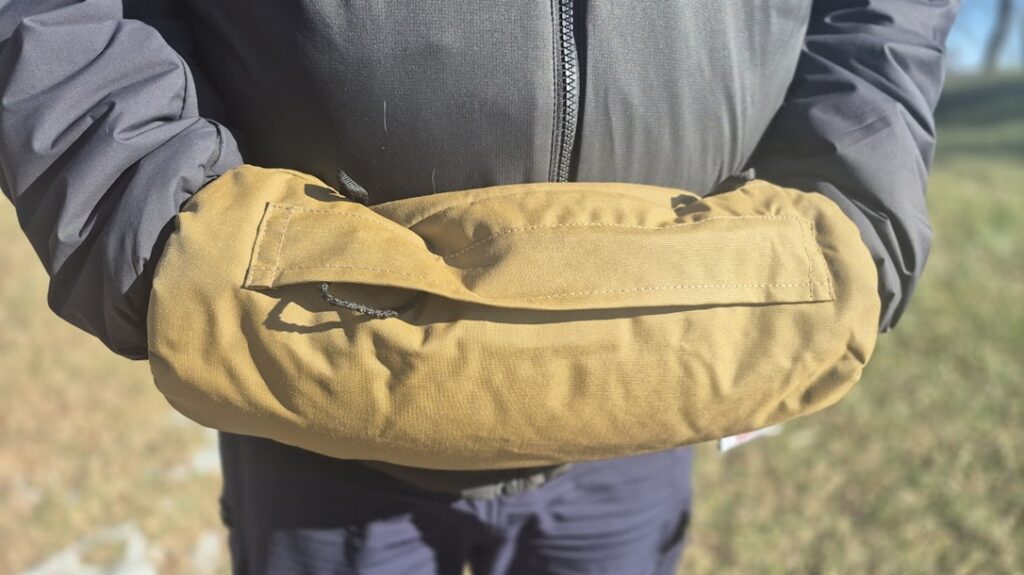Who doesn’t like to save money? This long-term food storage article isn’t a doomsday solution. This type of food storage requires a freezer with electricity. Let’s dive into a solution for wasting less money and nutrition!
Long-Term Food Storage: Prepping Like a Kitchen Pro
Ask anyone who knows their way around a kitchen, and they’ll tell you it’s about preparation. The foundation of any great dish lies in the work done before cooking starts. Chopping vegetables, marinating meats, and gathering tools create a seamless workflow, allowing your creativity to shine without interruptions, even when planning for long-term food storage.
In essence, mastering preparation enhances your cooking game. By taking the time to prepare, you boost the food experience and fully enjoy the journey of creating it. This fact also counts when prepping food for an easier future cooking experience. And, it saves food from needing to be tossed out due to looming expiration dates.
Advertisement — Continue Reading Below
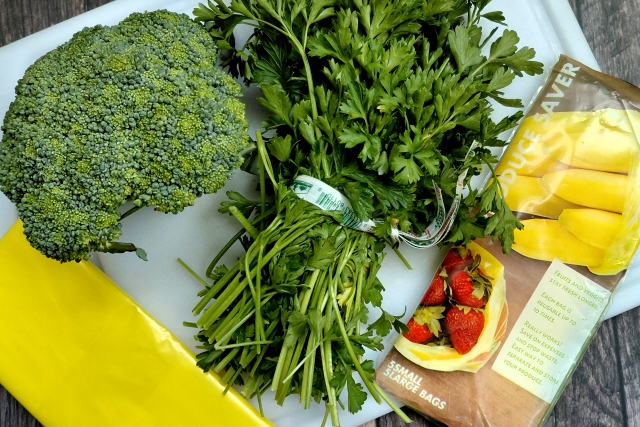
Long-Term Food Storage Reminders
Foods That Freeze Well
- Large cuts of raw meat (roasts, whole poultry, brisket)
- Lean fish & shellfish (cod, haddock, shrimp, lobster)
- Low-moisture vegetables (broccoli, peas, carrots)
- Hard & semi-hard cheeses (cheddar, Parmesan, mozzarella)
- Butter (wrapped and airtight)
Foods That Do Not Freeze Well
- Leafy greens (lettuce, spinach, arugula) – turn limp and watery
- High-water vegetables (cucumbers, celery, tomatoes) – lose firmness
- Soft cheeses & most dairy (cream cheese, sour cream, milk) – separate or curdle
- Cooked pasta or rice – becomes mushy
What You Need for Food Prepping
Assure you have freezer bags specifically designed for long-term storage. Use any cutting board you have, preferably one made of wood. Lastly, make sure you have a sharp, good-quality knife. Also, it wouldn’t hurt to have a few Band-Aids close by just in case.
Slicing for Long-Term Storage
If you’re a knife person or want the practice of kitchen knife skills, this will be fun. Safety first, try not to use the natural support hand to grip the food like you’re gripping something. I call this the letter “C” or Pac-Man grip, and it sucks! Most kitchen knife cuts are due to this position. Use the claw grip, especially important for long-term food storage prep.
Advertisement — Continue Reading Below
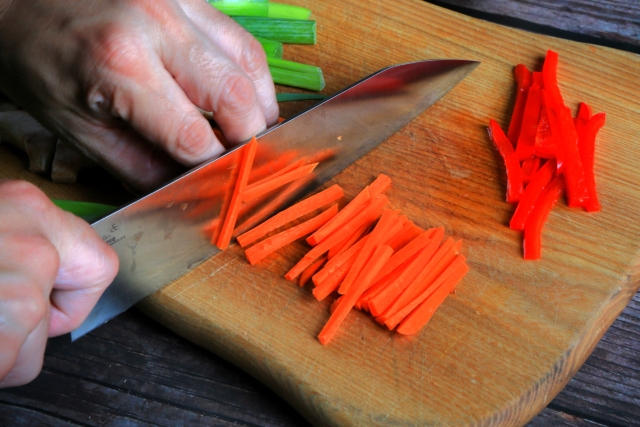
A proper chef’s claw grip is a safe hand position that keeps your fingertips protected while cutting.
On your support hand, curl your index, middle, and ring fingers inward so the fingertips tuck under, forming a “claw.” The thumb and little finger help to hold the food steady from the sides. Your knuckles should face the blade and act as a guide. Allow the flat side of the knife to brush against them as you cut lightly.
Advertisement — Continue Reading Below
Keep your fingertips perpendicular to the cutting board, never pointing toward the blade. Use a smooth rocking motion with the knife, moving your claw hand back gradually for even, controlled slices. Your thumb can help push food forward, but never past the three curled fingers in front.
Slicing and Dicing for Convenience
I throw away a lot of onions and peppers before I can use them all. I come back from a trip or two and notice my garlic is brown and dried out. Or I have mushy peppers and onions. However, I remember that I may have an emergency pack of onions and peppers in the freezer. This made me think.
While walking down a grocery store freezer aisle, I took note of the types of vegetables in the freezers. One of my favorites caught my eye. Since I love Fajitas, onions, and peppers are always a staple in the refrigerator. They’re excellent fresh, but go bad in time. These veggies are suitable for long-term food storage by slicing them and putting them in a freezer bag, then freeze. Simple!
Advertisement — Continue Reading Below
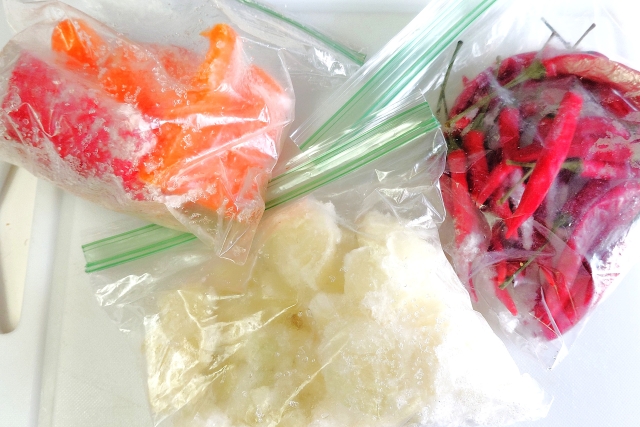
I slice strips for fajitas and stir fry dishes where noodles are used. The long strips can be removed from the freezer bag, lined up, and diced into smaller squares quickly. I also slice onions and peppers into squares or triangles for various dishes, especially stir-fry dishes with meat or tofu. By the time it’s time to toss the onions or peppers into the pan, they are usually half-thawed.
Canned Corn?
Canned food is already preserved for storage. However, it can still be hard to finish before it goes bad. It also has a low moisture content, so draining the can and patting it dry with paper napkins is all the prep needed.
Advertisement — Continue Reading Below
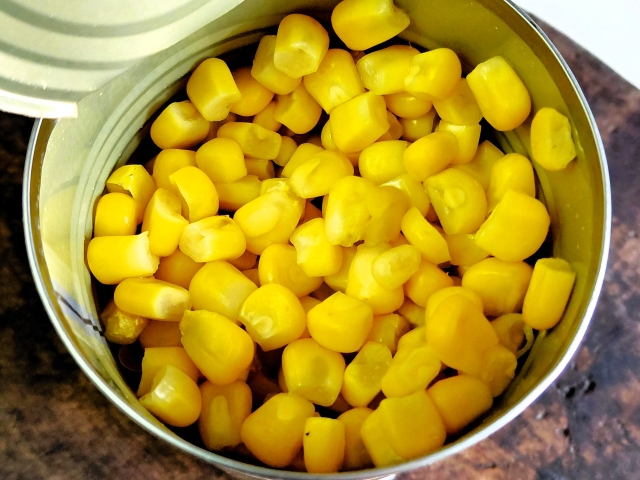
Put the corn in a freezer bag and crack it open when you need it. A spoonful or handful in chili, eggs, Mexican dishes, soups, or cold salad is where it comes in handy, offering a smart way to utilize long-term food storage.
Blanch and Freeze Food Storage
To freeze broccoli and carrots for long-term storage, start by washing them thoroughly. Cut the broccoli into florets and carrots into uniform slices. Bring a large pot of water to a rolling boil. Blanch the broccoli for about 2–3 minutes. Blanch the carrots for 3–5 minutes, depending on their size.
Advertisement — Continue Reading Below
Immediately transfer them to a bowl of ice water. This step stops the cooking process, preserving the color and texture of the food. Drain the vegetables well and pat them dry with clean towels. Drying prevents ice crystals from forming. Spread them in a single layer on a baking sheet. Freeze until solid, then transfer to airtight freezer bags. Remove as much air as possible before sealing. This method locks in freshness, flavor, and nutrients for up to a year, a truly effective long-term food storage technique.
Happy food saving and storing!
Advertisement — Continue Reading Below
